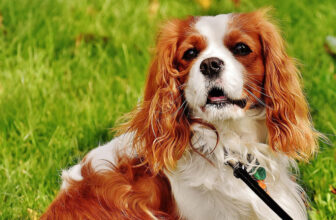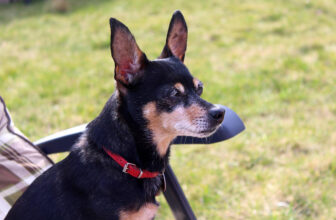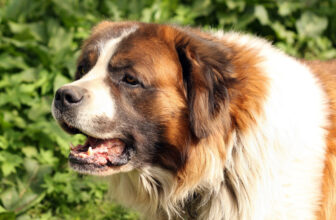
Check out our latest products
Shutterstock
A dog’s nose isn’t just cute, it’s one of the most powerful tools in the animal kingdom. Their sense of smell is so advanced that it helps them track missing people, detect illness, and even tune into your emotions. While humans catch a scent or two, dogs can separate and identify layers of odors like they’re reading a multi-scented novel. Whether it’s working in search-and-rescue or simply sniffing around the living room, your dog’s nose is constantly collecting stories about the world.
Nose Prints Are Unique

Shutterstock
A dog’s nose print is as distinctive as a human fingerprint, with every ridge and groove forming a pattern unlike any other. That uniqueness makes noses perfect for canine identification. Some shelters use nose prints as a reliable way to verify a dog’s identity before adopting them out. While not widespread, research into nose-print registries is growing. It shows just how finely tuned and individual each dog’s sensory world really is.
Millions More Smell Receptors
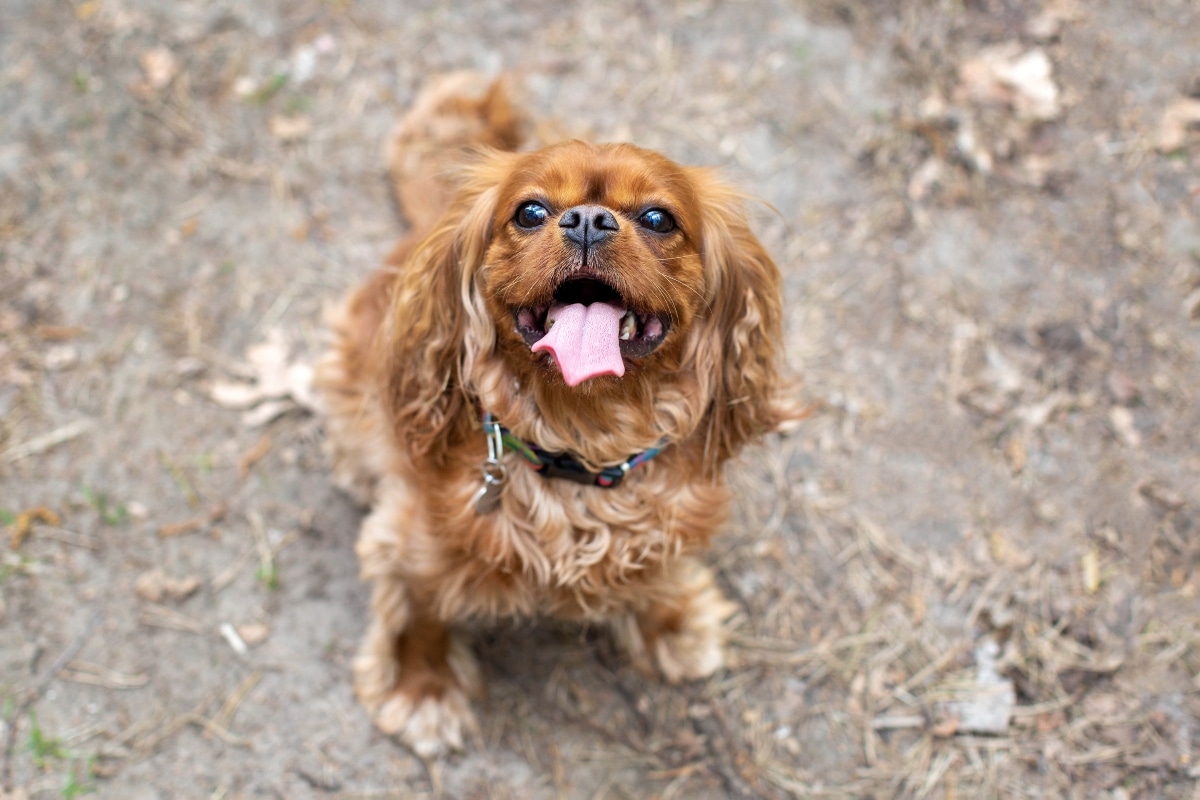
Shutterstock
Dogs pack in around 300 million olfactory receptors, compared to our mere six million. That vast difference gives them the ability to detect odors far beyond our reach. It explains why dogs can pinpoint faint scents in chaotic environments, like a single treat hidden in a cluttered room. That sensitivity makes them ideal for tasks like sniffing out missing people or detecting complex scent signatures in medical conditions. With that nose power, dogs bring a world of smells to life.
Their Sniffing Changes How They Breathe

Shutterstock
When dogs sniff, they don’t just breathe; they inhale intentional scent packets. Special nasal structures separate airflow to maximize scent detection without disrupting normal breathing. This design gives them incredible scent resolution, allowing them to concentrate on sniffing and still keep taking regular breaths. Their brain then decodes those scent packets into complex information, like an emotional thermometer or search tool. It’s sniffing tech nature perfected.
They Can Sniff Our Emotions

Shutterstock
Dogs can detect chemical changes tied to human emotions like fear or stress. When we feel anxious, our bodies release certain hormones. Dogs pick those up without missing a beat. That’s why your dog often cuddles a bit tighter when you’re upset or calmer when you’re stressed. Their nose is connected to emotional empathy, making them sensitive companions in more ways than one. It’s not magic, it’s biology.
Amazing Detection Skills

Shutterstock
Whether tracking missing people, detecting cancer, or smelling out gas leaks, dogs are natural detection experts. Their noses are so sensitive that they can learn to identify specific odor molecules and even alert to life-saving conditions. That talent has led to programs worldwide where dogs sniff out diseases like diabetes, certain cancers, and seizures before humans notice anything. Plus, their heroic work in emergencies saves lives. Their noses change the world.
Smell Memory Is Incredible

Shutterstock
Dogs remember scents with remarkable detail and longevity. They might recognize a person or place simply by catching a whiff of their scent years later. That scent memory is what helps guide them back home, even in unfamiliar territory. New scents are added to their olfactory memory bank daily, helping them map their world. Their nose isn’t just for now; it carries a lifetime of experiences.
They Discriminate Scents Expertly
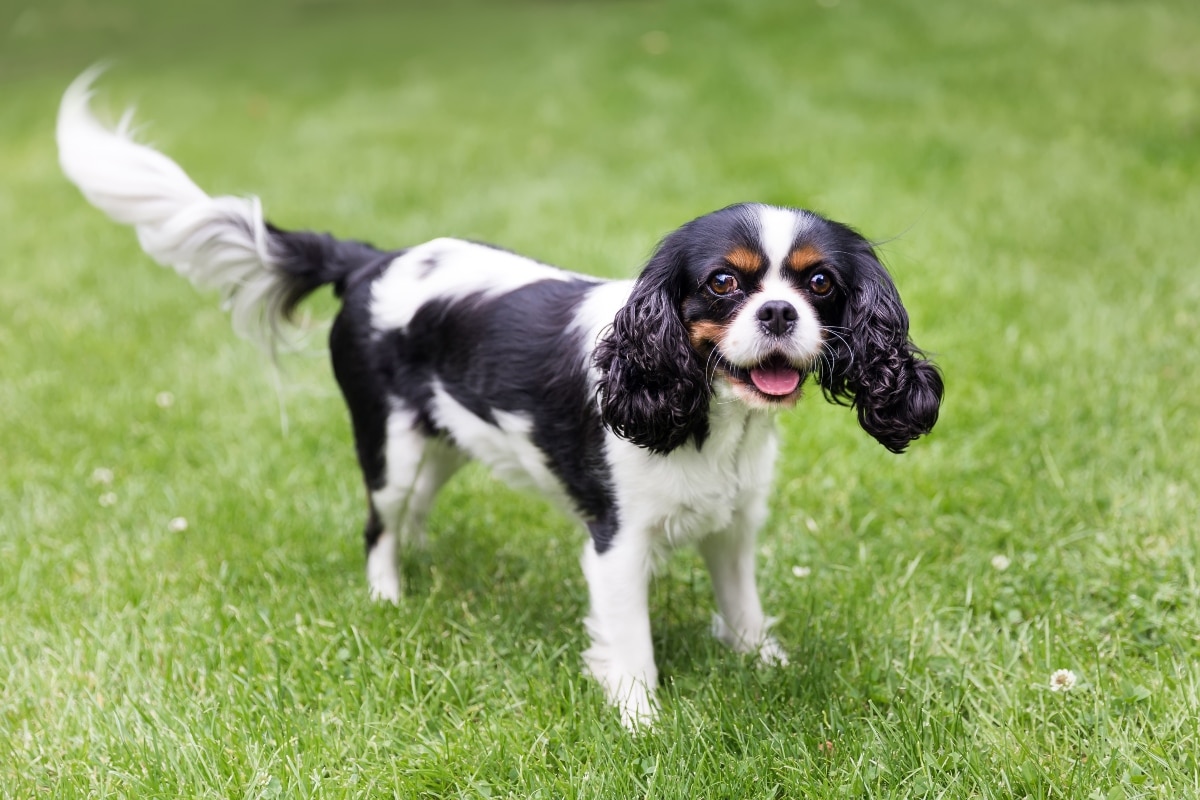
Shutterstock
Dogs can isolate a single scent from a noisy background, like picking out a voice in a crowded room. They’re trained to recognize targets like narcotics or specific medical odors even when mixed with hundreds of other smells. This skill makes them indispensable in safety, law enforcement, and medical aid roles. It’s not random sniffing, it’s focused scent analysis. Their noses sift through chaos to find the story hidden in scent.
Wet Noses Boost Detection

Shutterstock
A moist nose isn’t just cute, it’s functional. A wet surface captures odor molecules more readily than a dry one, enhancing a dog’s scent detection. That moisture also helps cool the dog down, as evaporation creates a natural air conditioner effect. Dry noses may need moisturizing, but a healthy wet nose can mean a sharp sniffer. It’s nature’s way of boosting scent power and comfort in one.
They Sniff to Communicate

Shutterstock
Before barking or wagging, dogs sniff each other’s hindquarters to identify age, health, gender, and more. That quick sniff is a full conversation in dog language. They also sniff our hands, shoes, and clothing to learn where we’ve been and what we’ve done. For dogs, smell is the foundation of social connection. They talk through their noses every day.
Can Smell Sickness in Humans

Shutterstock
Research shows dogs can detect diseases in human samples with astonishing accuracy. They can smell specific compounds released during certain cancers or blood sugar changes. That ability makes them living medical tools for screening and early warning systems. While training is required, their natural detection powers lead the way. A sniff could be the first alert for serious health changes.
Scent Detection Is Inherited
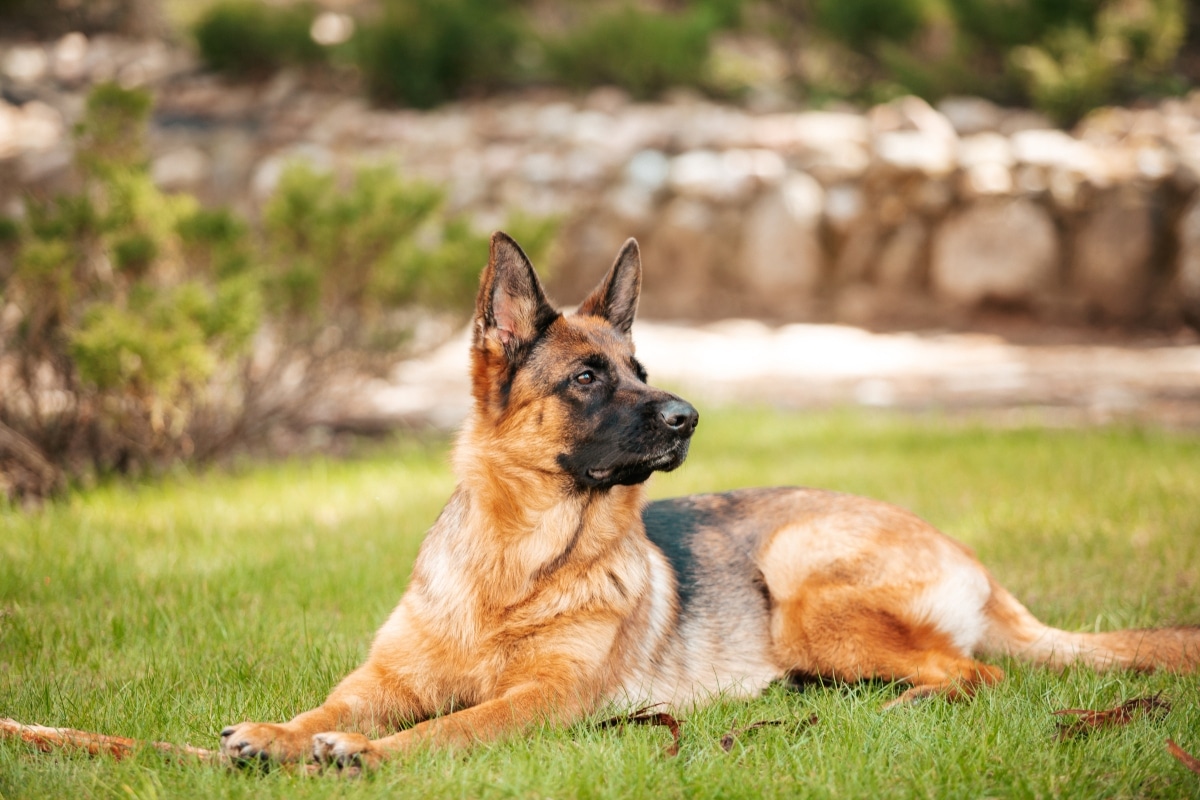
Shutterstock
Working breeds like Bloodhounds, German Shepherds, and Beagles are genetically tuned to sniff. Centuries of breeding have emphasized scent-tracking traits, strong noses, focused behavior, and attention to detail. That natural drive makes them top choices for work like search-and-rescue and detection. Their breeding history aligns with their nose capabilities. Nature and nurture both shine in scent-focused breeds.
Sniffing Helps Mental Health

Shutterstock
Giving dogs time to sniff on walks isn’t just physical, it’s mental enrichment. Organized scent games help reduce anxiety and provide focused stimulation. Some therapy-dog programs include scent work to promote calm and relaxation in clients. Sniffing taps into your dog’s instincts and keeps their brain engaged. A happy nose equals a happy mind.
Canines Teach Science

Shutterstock
Dog sniffing has inspired the development of biological sensors and scent-detection technology. Researchers study canine scent receptors and airborne molecules to improve artificial “electronic noses.” Dogs and science teams work together to unlock secrets of odor chemistry. Their snouts aren’t just super, they’re mentors guiding new innovation. Furry teachers for modern science.
The Nose Knows Forever and Ever

Shutterstock
A dog’s nose is more than a tool; it’s a bridge between us and the invisible world around us. Their ability to smell brings them closer to our emotions, routines, and even our safety. Whether they’re tracking a missing item or sensing when we’re feeling off, their sniffing is love in action. These gentle, attentive noses protect and connect in ways we don’t always understand. Celebrate their scent-driven magic because with every sniff, your dog is showing just how much they care.







![[5G & 2.4G] 2K Indoor Security Camera for Home Security, AI Voice Change for 2-Way Talk, Motion Detection, Night Vision, 24/7 SD Recording/Cloud Storage, WiFi Home Camera, Pet Cam with Phone App](https://i3.wp.com/m.media-amazon.com/images/I/61I2U+sTT3L._AC_SL1500_.jpg?w=300&resize=300,300&ssl=1)



